A new case of diabetes is diagnosed every hour. Approximately 13,000 children receive this diagnosis every year, and over one million people are currently living with it across the world. As the parent of a child that has been diagnosed with juvenile diabetes, Parent(s)may be frightened, confused, and anxious about the future.
If your child has recently been diagnosed with type 1 diabetes, you probably have a lot of questions and concerns. You’ve just entered this new world of blood sugar checks, hemoglobin A1c levels, insulin shots, and finger pokes. This diagnosis is life-changing for both Parent(s)and the child. However, with a loving, positive attitude, Parent(s)can help the child lead a happy, normal life.
It will take a lot of education to learn how to manage the disease, but you can do it.
If a doctor thinks a child might have type 1 diabetes, he or she might have them visit a doctor called a pediatric endocrinologist (say: pee-dee-AHT-trik en-doh-krih-NAHL-eh-jist), a type of doctor who helps kids with diabetes, growth problems, and more.
Managing juvenile diabetes is a difficult task. As a parent, Parent(s)need as much help as Parent(s)can get. Education is also very helpful in managing this condition.
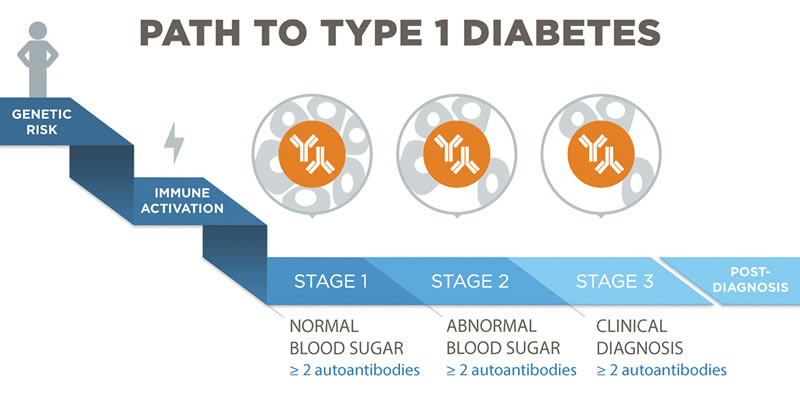
Type 1 diabetes is usually diagnosed in children and young adults, and was previously known as juvenile diabetes. Only 5% of people with diabetes have this form of the disease. In the United States, the peak age at diagnosis is around 14.
Type 1 diabetes can occur at any age; however, it usually develops by early adulthood, most often starting in adolescence. The first signs and symptoms of the disorder are caused by high blood sugar and may include frequent urination (polyuria), excessive thirst (polydipsia), fatigue, blurred vision, tingling or loss of feeling in the hands and feet, and weight loss.





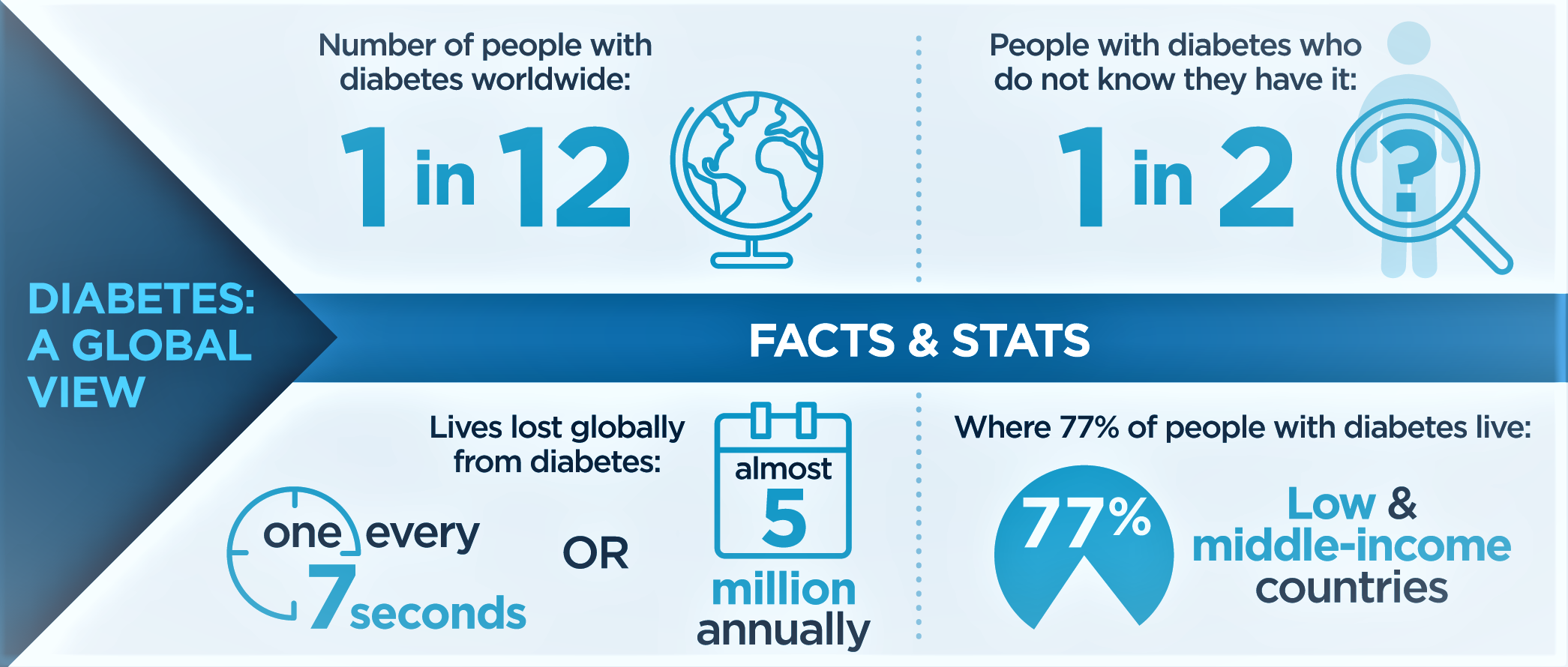
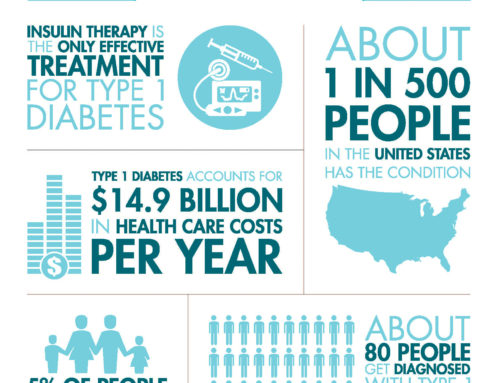
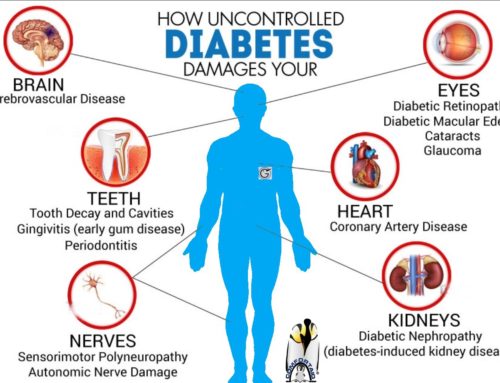
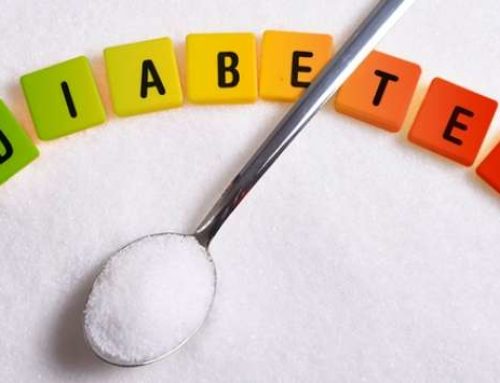
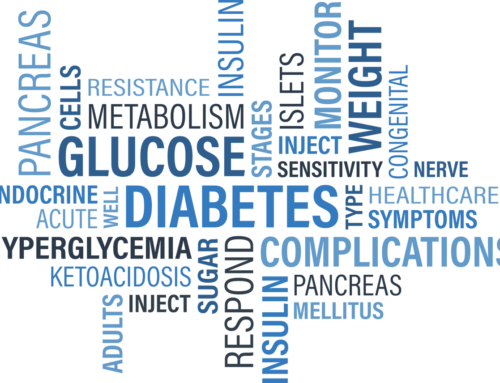

Nice articles on this matter with real arguments and describing everything in detail regarding Juvenile Diabetes.
You’re so interesting! I do not believe I’ve read a single thing like this before.
So nice to discover somebody with a few genuine thoughts on this subject. Really.. thank you for starting this up.
This site is one thing that is required on the web, someone with a little originality!
I was able to find good diabetes advice from your content.